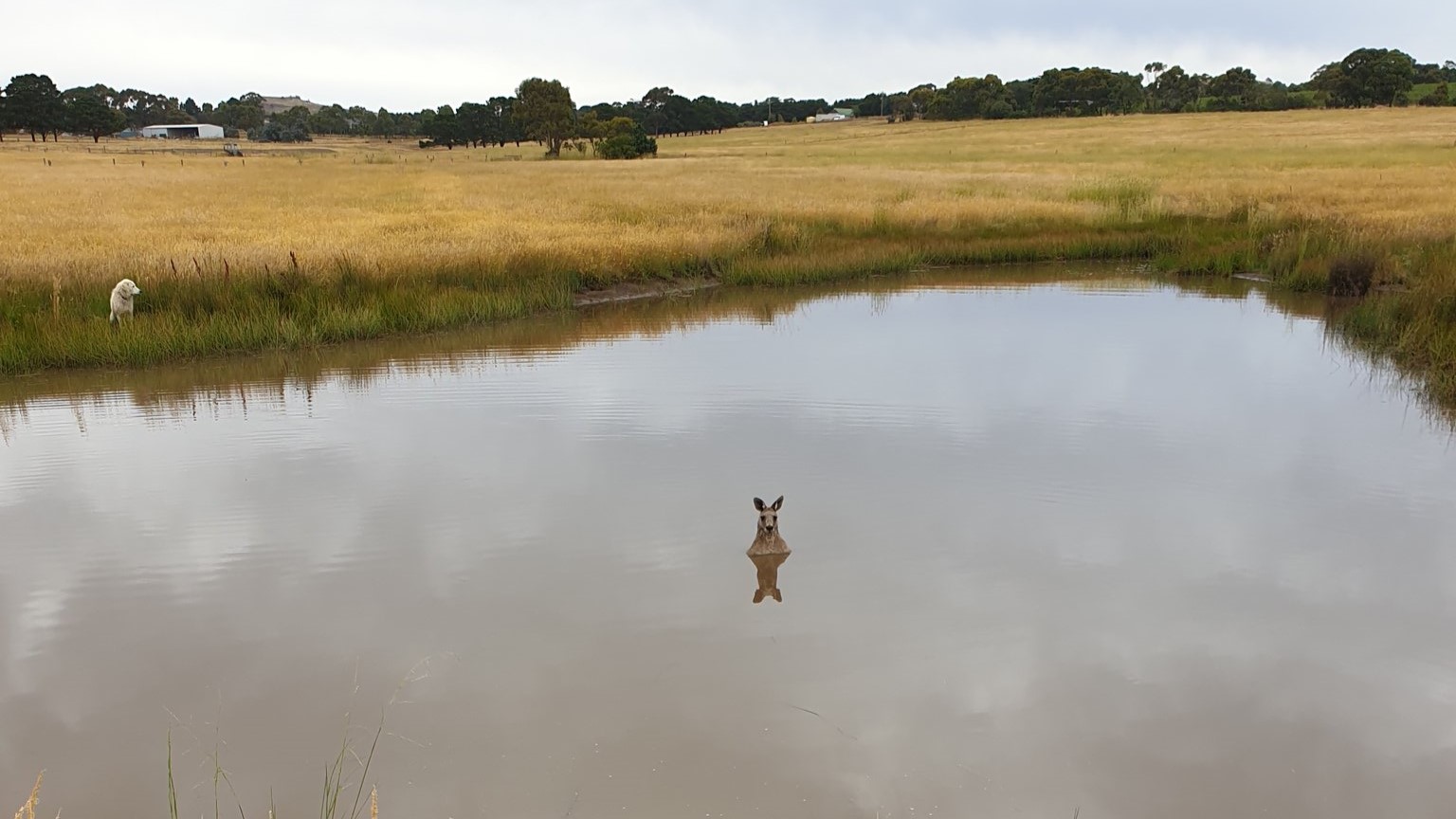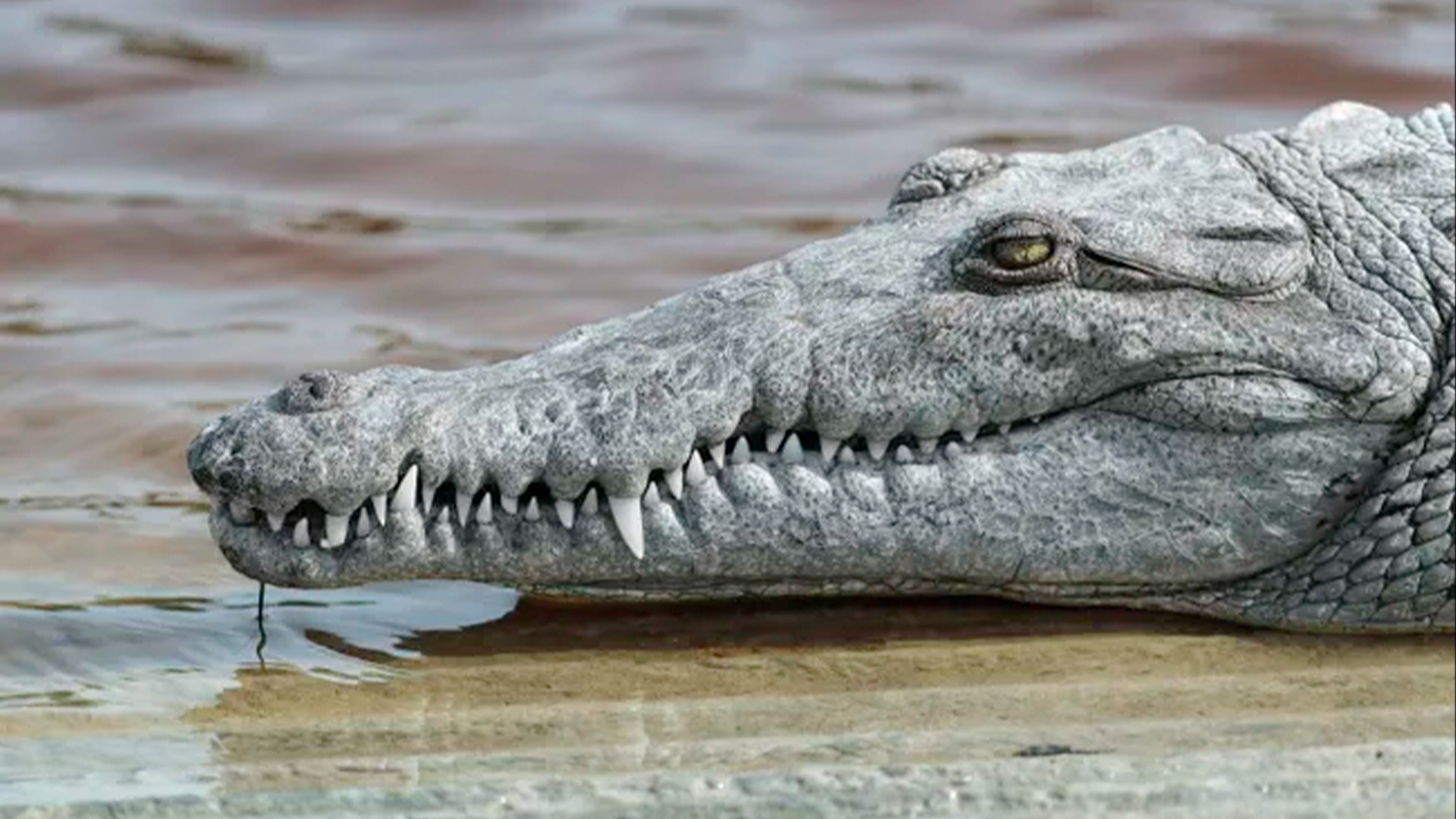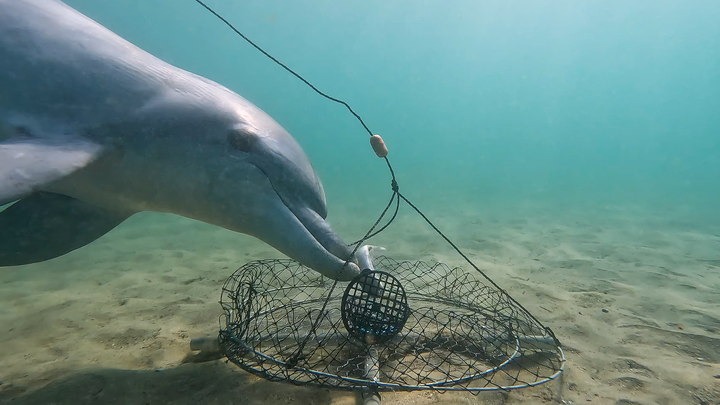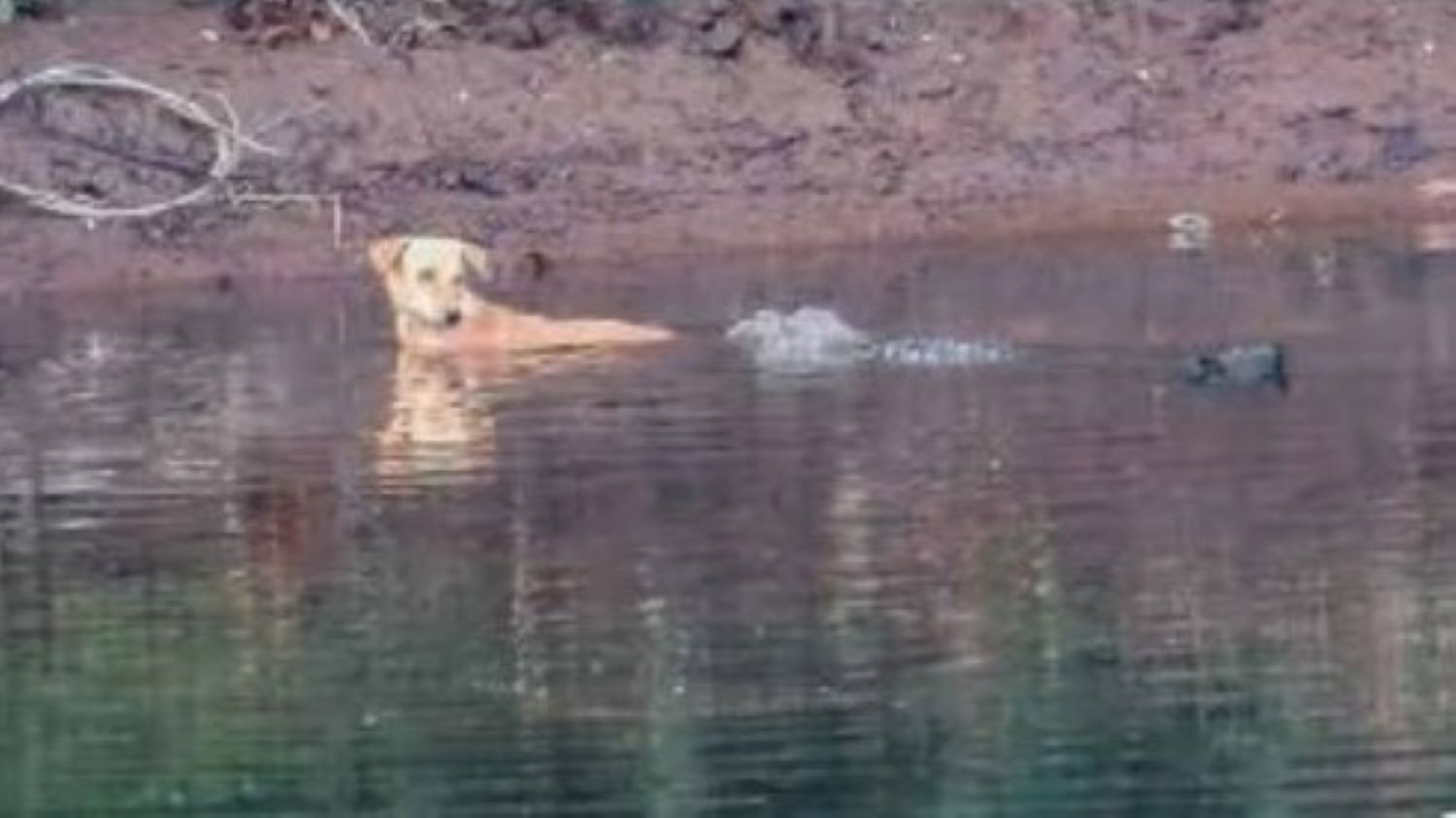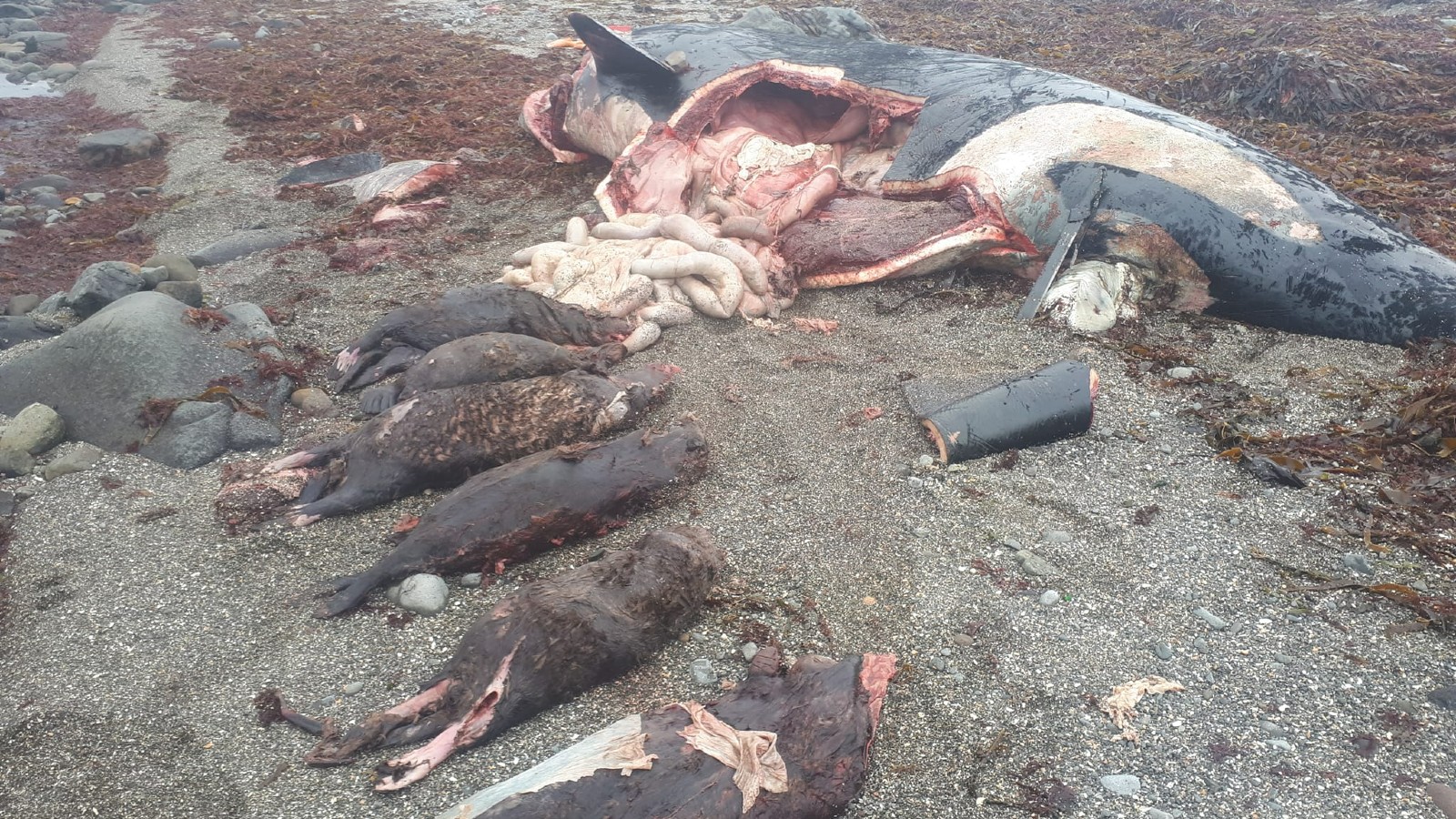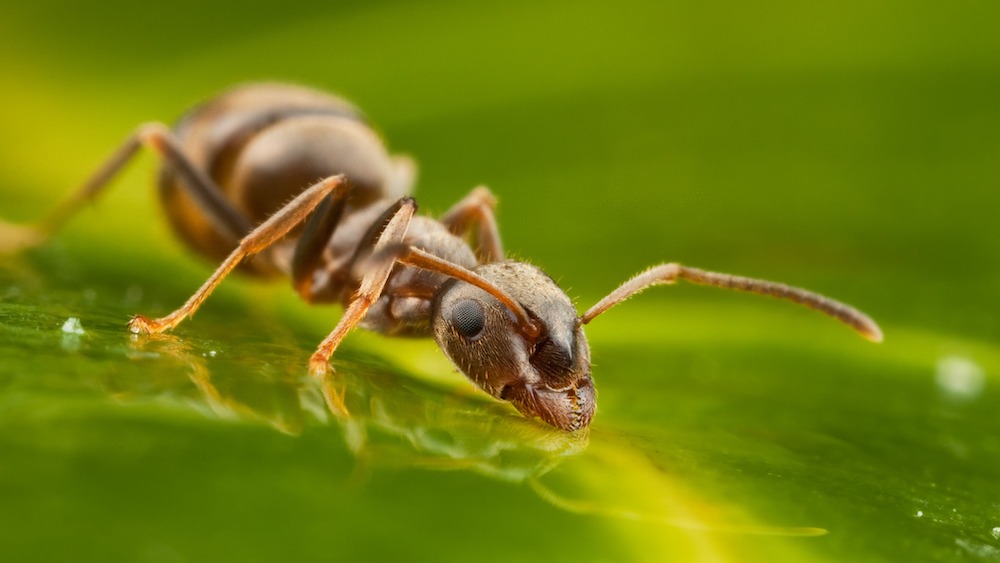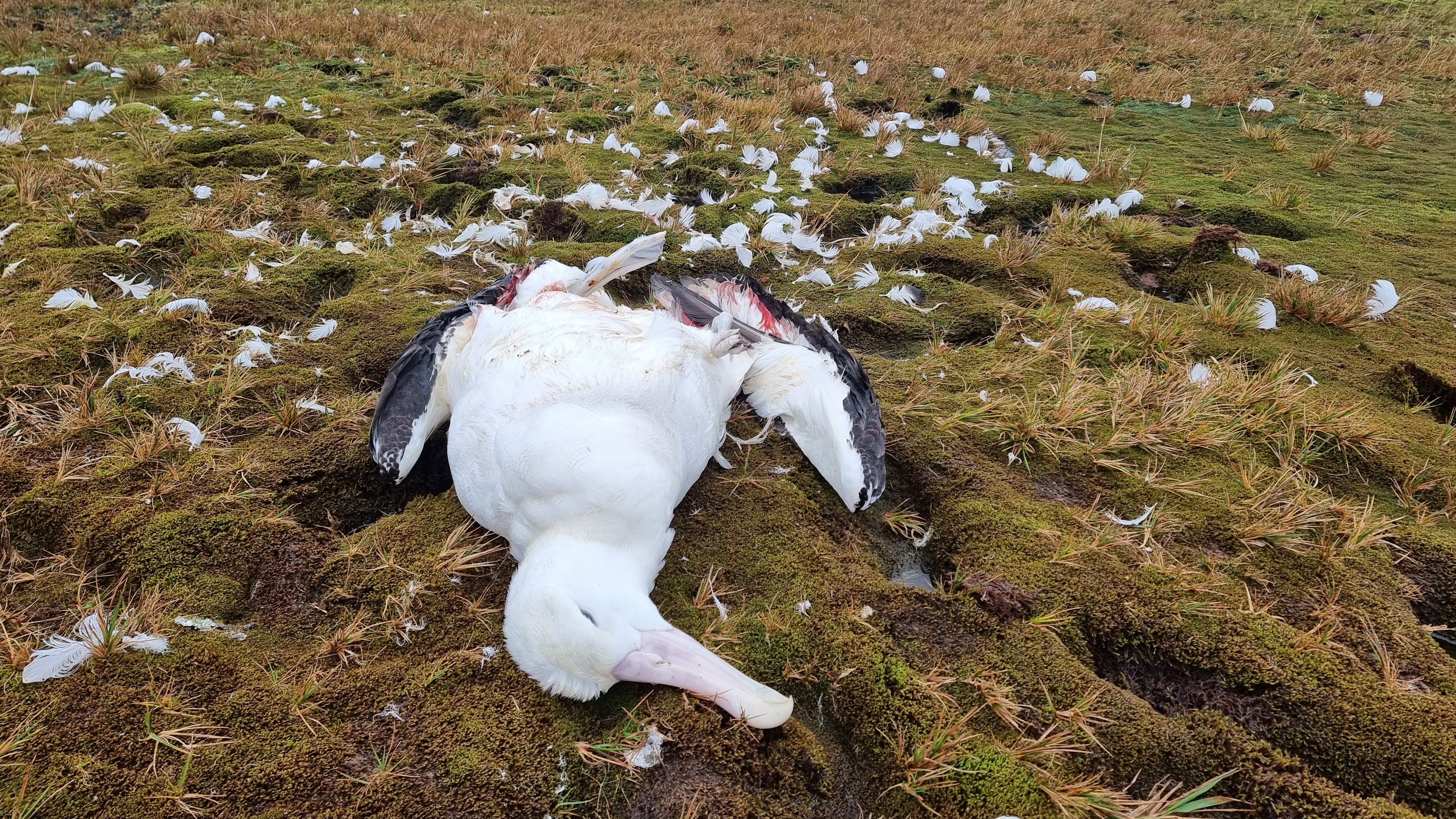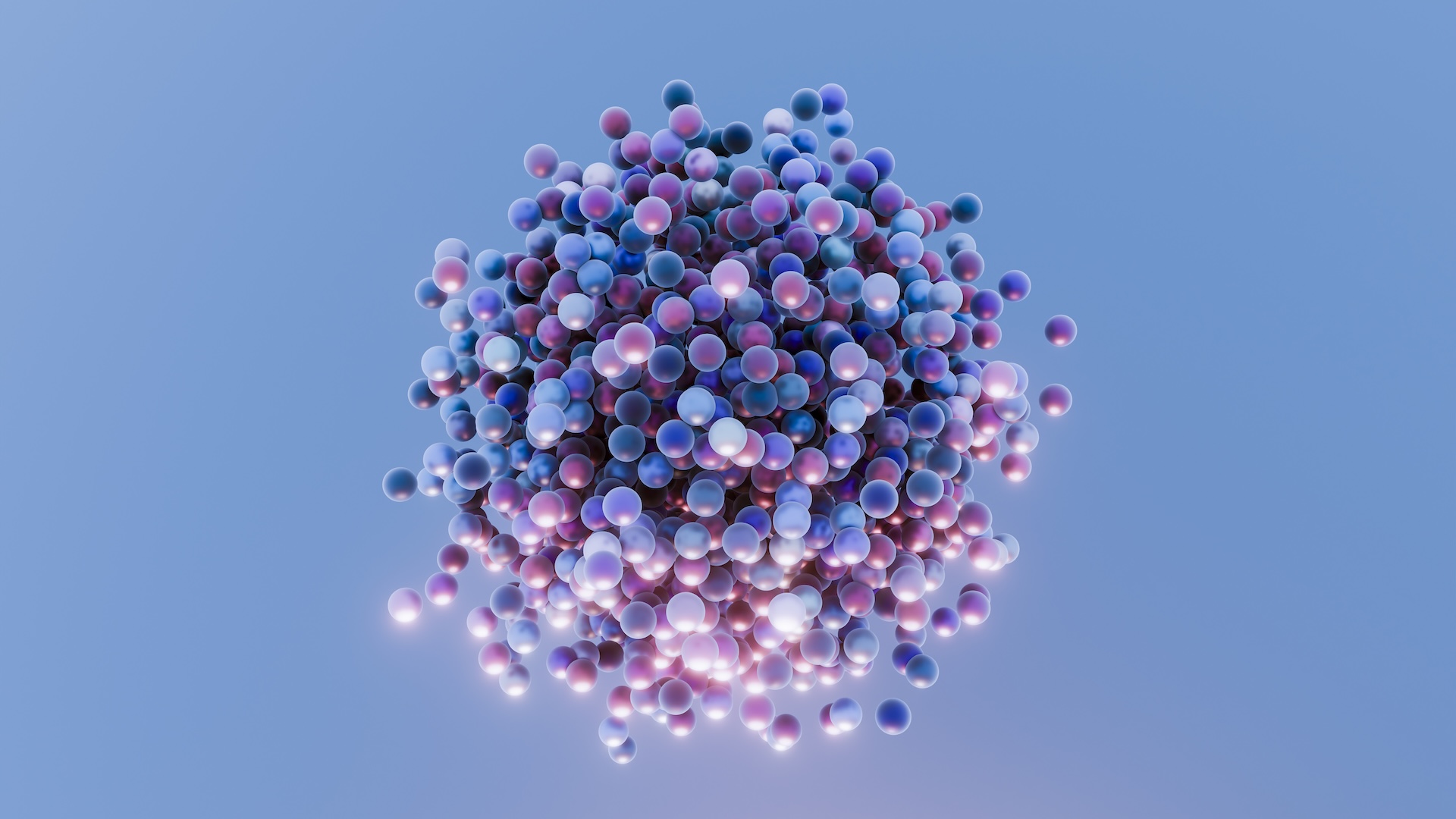10 times animals did weird things in 2023
Animals' strange behaviors frequently made headlines this year, from orcas sinking boats to dogs drowning kangaroos.
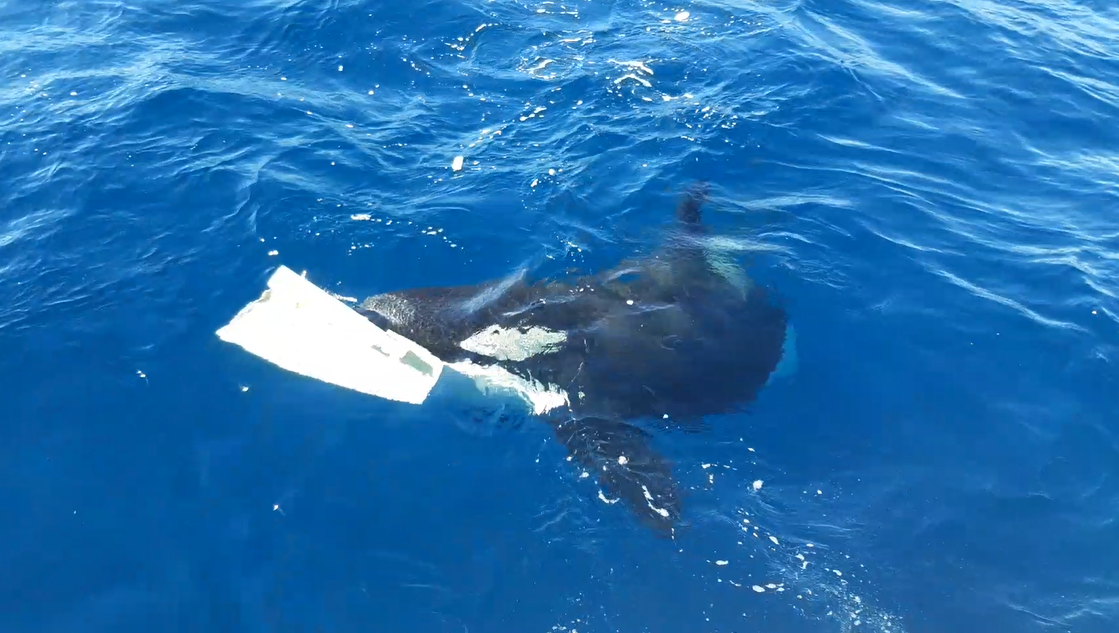
Animals can often be unpredictable and surprise us with their unusual behavior, but some newsworthy critters take this even further, leaving scientists and the public completely baffled.
While the weird behaviors on this list are a testament to the complex brains of our furry, finned and fork-tongued friends, there's also a darker side to some of these acts. Humans continued to disrupt and destroy the natural world in 2023, putting many animals under pressure and causing some to act in weird ways. Here are 10 of the strangest animal behaviors documented in 2023.
Kangaroo tries to drown dog
In October, a man captured a video of a kangaroo as it tried to drown his dog. Mick Moloney had to rescue his dog Hutchy from the Murray River in Victoria, Australia, after a male eastern gray kangaroo (Macropus giganteus) held Hutchy's head underwater. Moloney got Hutchy to safety but took a punch from the kangaroo for his efforts.
This isn't the first time kangaroos have behaved this way around our canine companions, and the marsupial was probably just looking out for its own safety. Kangaroos have learned to hop into water to defend themselves against attacks from canines.
Crocodile has "virgin birth"
Researchers announced the first crocodile "virgin birth" in June. A female American crocodile (Crocodylus acutus) laid a clutch of eggs at a reptile park in Costa Rica after being alone for 16 years. This form of asexual reproduction had never been documented in crocodiles before, although it's known to occur in lizards, snakes, birds and sharks.
The crocodile's clutch didn't hatch, but genetic analysis of a fetus within one of the eggs revealed it was almost identical to the mother. The study's authors noted that offspring born in this way often suffer abnormalities and don't survive.
Dolphins raid crab pots
Bottlenose dolphins were spotted stealing bait from fishers in western Australia. The dolphins used their noses and teeth to pilfer fish from nets meant for crabs. Wildlife conservationists filmed this behavior for the first time in 2023, revealing the different ways dolphins learned to open the fishers' pots.
Get the world’s most fascinating discoveries delivered straight to your inbox.
"The most basic version is that the dolphin grabs the bait which sits on a hook or metal pin inside the crab pot," filmmaker Axel Grossmann told Live Science in November. "So essentially the dolphins pull the fish off the pin or break it down into edible pieces."
When fishers tried putting bait underneath the pots, the dolphins learned to flip them over, and when they tried using bait boxes, the dolphins learned to open them. Eventually, fishers and conservationists developed a dolphin-proof design.
Elephant peels banana
A zoo elephant taught herself to peel bananas by watching zookeepers. Pha, a female Asian elephant (Elephas maximus) at the Berlin Zoo in Germany, rips off the stem of a banana, pinches the frayed skin with her trunk and uses the fruit's weight to peel. It's an ingenious twist on the human method, which normally involves two hands and opposable thumbs.
Keepers at the zoo used to feed Pha peeled bananas when she was a calf, which is probably where she got the idea. Pha only peels ripe bananas with brown spots. She eats green and yellow bananas whole and rejects brown bananas. When fed in a group where her bananas might get stolen by other hungry elephants, she peels only her last banana, presumably to savor it.
Crocodiles save dog
Three mugger crocodiles (Crocodylus palustris) seemingly helped a young dog that had been chased into a river by a pack of feral dogs by nudging it to safety. The researchers who witnessed the event interpreted the crocodiles' actions as empathy. They also reported that the species appears to use sticks as bait to catch nesting birds and is attracted to flowers. However, an independent expert was skeptical of their findings.
"Crocodilians do have a sophisticated suite of behaviors," said Duncan Leitch, a biologist who specializes in the neurophysiology of reptiles at the University of California, Los Angeles, told Live Science in September. "But some of these conclusions are using a human definition of intelligence and trying to find that in crocodilians."
Whale kelping goes global
Researchers first documented humpback whales (Megaptera novaeangliae) playing with seaweed in 2007, but the behavior, known as "kelping," is now so widespread, it's become a global phenomenon. Seaweed potentially acts as a body scrub for the whales, and they may use it to remove parasites, treat their skin or just play with it.
"It's something they do together as a social event or by themselves," Olaf Meynecke, a researcher at Griffith University's Coastal and Marine Research Centre in Queensland, Australia, told Live Science in September. "They put the seaweed on their head and roll around in it; they try to move it around with their pectoral fins as well."
Orca eats seven sea otters whole
In September, scientists described a beached orca (Orcinus orca) with seven intact sea otters in her belly. Orcas don't normally eat sea otters (Enhydra lutris) and typically chew the marine mammals they do eat, so researchers were puzzled why this orca gobbled down the sea otters whole.
To make matters even stranger, this killer whale was found on the coast of one of the Commander Islands in the Russian Far East, far from the orcas' normal range between the Gulf of Alaska and the coast of California. One of the sea otters was stuck between the orca's oral cavity and esophagus, which could have been the reason for the orca's demise.
Ants detect cancer in urine
In January, researchers discovered that ants can sniff out cancer using their antennae. Silky ants (Formica fusca) normally use the olfactory receptors in their antennae to find food or mates, but the researchers trained them to find tumors instead.
Once the ants learned to associate the urine of tumor-bearing rodents with sugar, the researchers found that the ants spent 20% more time next to urine samples from cancerous rodents than next to urine samples from healthy rodents. The ants could serve as cheap and efficient cancer detectors in the future, though much more science needs to be done first, the researchers said. Dogs can also learn to sniff out cancer, but researchers found that ants are easier to train.
Mice kill largest flying birds
Invading mice killed eight wandering albatrosses (Diomedea exulans) — the world's largest flying birds — on a remote island between South Africa and Antarctica. The mice have been eating native seabird chicks on Marion Island for decades, but taking down adults is a new phenomenon — and it's worrying conservationists.
Humans inadvertently introduced house mice (Mus musculus) to the island in the 19th century after the rodents hitched a ride on ships. The island's native wildlife isn't equipped to defend itself against rodents because it didn't evolve alongside the mice. The Mouse-Free Marion project will try to use rodenticide to kill off the mice before they can do any further harm to wandering albatrosses and other threatened species that call the island home.
Orcas sink two boats
Orcas in the Strait of Gibraltar sank two boats in 2023 and attacked a number of others with ruthless efficiency. Why orcas have started attacking boats is an open question, but the behavior may stem from a traumatic experience, play, frustration or a temporary fad within the population.
In the 1980s, an orca population in the Pacific went through a phase of carrying dead salmon on their heads for no obvious reason, so it's possible for orcas to pick up temporary behaviors and teach them to each other. The coordinated boat attacks are just one example of how orcas show their terrifying intelligence.

Patrick Pester is the trending news writer at Live Science. His work has appeared on other science websites, such as BBC Science Focus and Scientific American. Patrick retrained as a journalist after spending his early career working in zoos and wildlife conservation. He was awarded the Master's Excellence Scholarship to study at Cardiff University where he completed a master's degree in international journalism. He also has a second master's degree in biodiversity, evolution and conservation in action from Middlesex University London. When he isn't writing news, Patrick investigates the sale of human remains.
